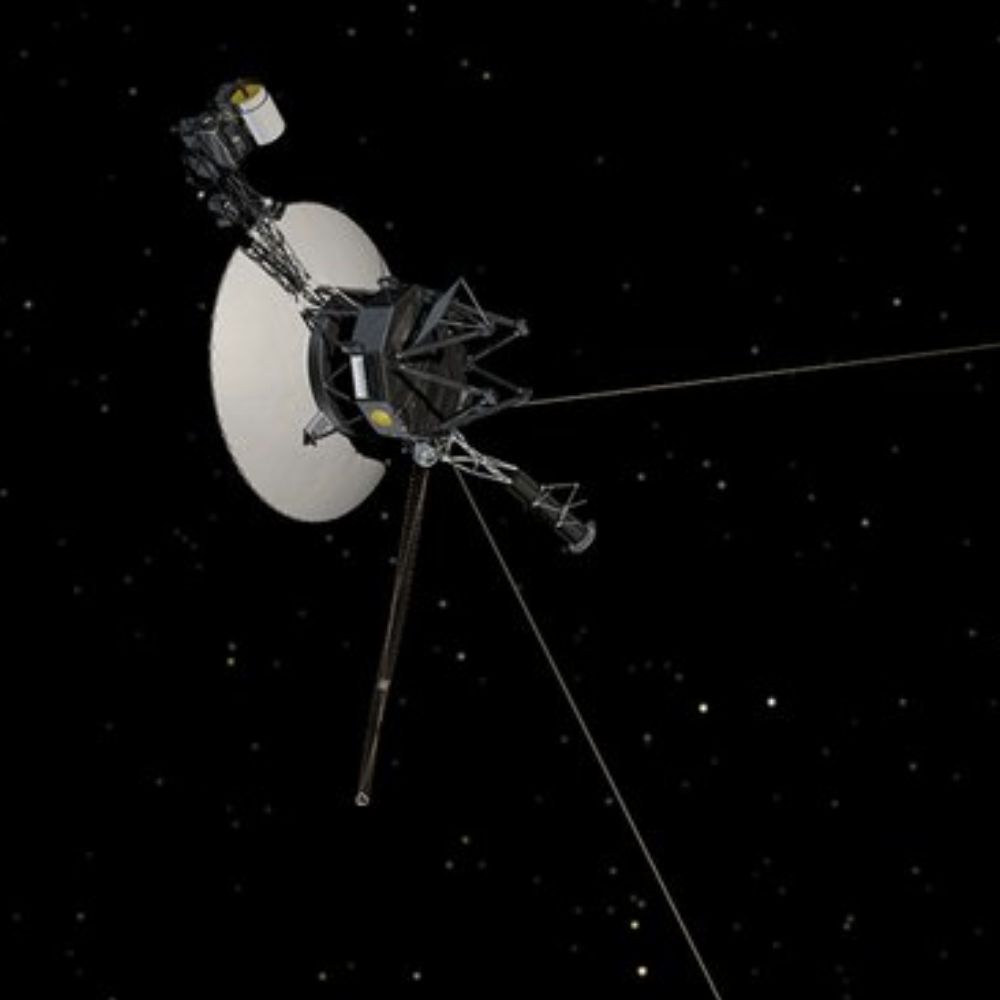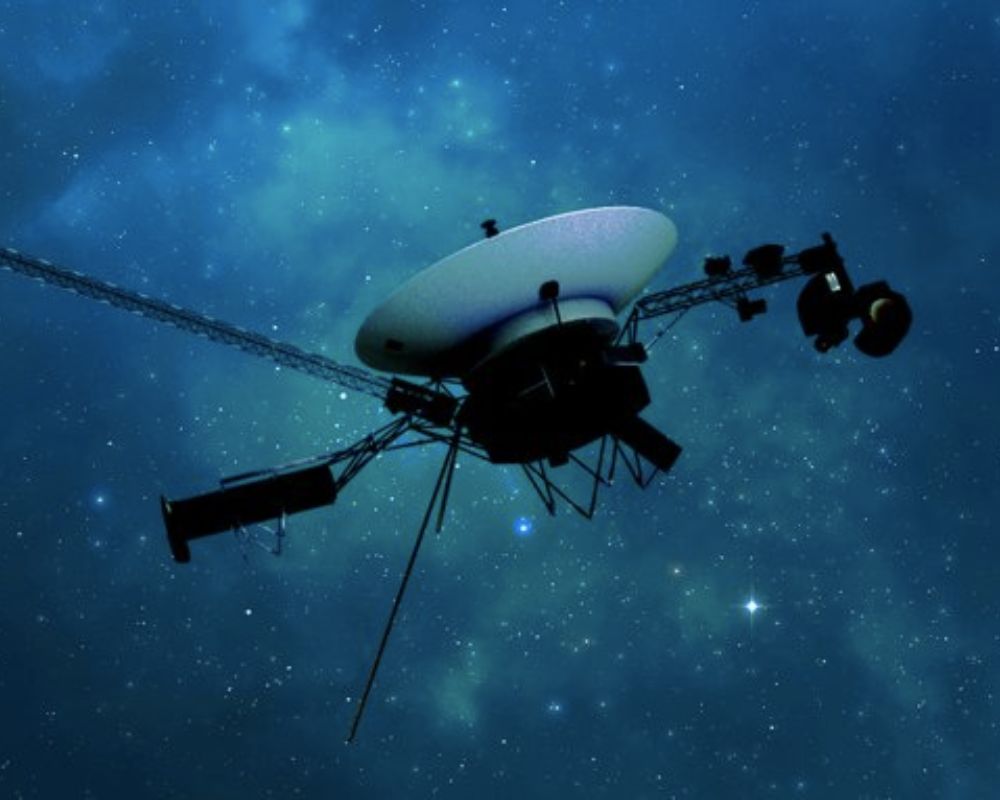
NASA recently reported a perplexing issue with the Voyager 1 probe, revealing that it’s sending an enigmatic sequence of ones and zeroes back to Earth.
While the spacecraft can still receive and enact commands, it’s unable to transmit scientific or engineering data due to this recurring glitch. Despite efforts to resolve it, including a system restart, the probe continues to malfunction. Bucket of bolts!
Legacy of the Voyager Mission
Launched in 1977, the Voyager 1 and its companion, Voyager 2, have outlasted their expected lifespan, making them NASA’s most enduring missions.
Initially designed for a five-year journey to study Jupiter and Saturn, their discoveries, such as detecting active volcanoes on Jupiter’s moon Io, extended their mission. Each carries a “golden record,” encapsulating Earth’s sounds and images, intended for potential extraterrestrial encounters. Valuable tech, that is!
Not Quite Perfect
Voyager’s technology, considered antiquated by modern standards, possesses just 69.63 kilobytes of memory, far less than a basic image file today. Their longevity is attributed to their uncomplicated design, enabling them to manoeuvre between missions, although they constantly erase data to make room for new observations. But, it’s not all fun and games.

Despite enduring for decades, both spacecraft have encountered glitches, such as Voyager 2’s antenna tilt and Voyager 1’s past communication mishaps.
Journey Into the Unknown: The Long Road Ahead
Currently, Voyager 1 is 15 billion miles away from Earth, while Voyager 2 traverses space at a distance exceeding 12.6 billion miles. Good luck spotting it in the night sky.
Command signals take 22.5 hours to reach Voyager 1,extending the wait time to assess the spacecraft’s response to commands to 45 hours. NASA predicts several weeks for formulating a new strategy to troubleshoot the present Flight Data System issue.
Unraveling the Mystery and Forging Ahead
Engineers are now delving into the probe’s core problem before devising a corrective plan. This task involves referencing aged engineering documents, compelling the team to meticulously comprehend the impact of new commands to evade unintended repercussions. Calla Cofield from NASA’s Jet Propulsion Laboratory emphasizes that despite their relentless efforts to prolong the Voyagers’ operations, such anomalies are foreseeable and expected given how long the probes have been active.
As engineers work tirelessly to diagnose the issue, the resilience and significance of the Voyager missions continue to inspire awe, underscoring their enduring legacy in space exploration. Solving the mysteries of space requires a lot of research, and sometimes it may glitch. On those days, the scientists can only go back and try to fix the problem as and when they occur. But it’s cooler than fixing cutlery drawer problems, that’s for sure.